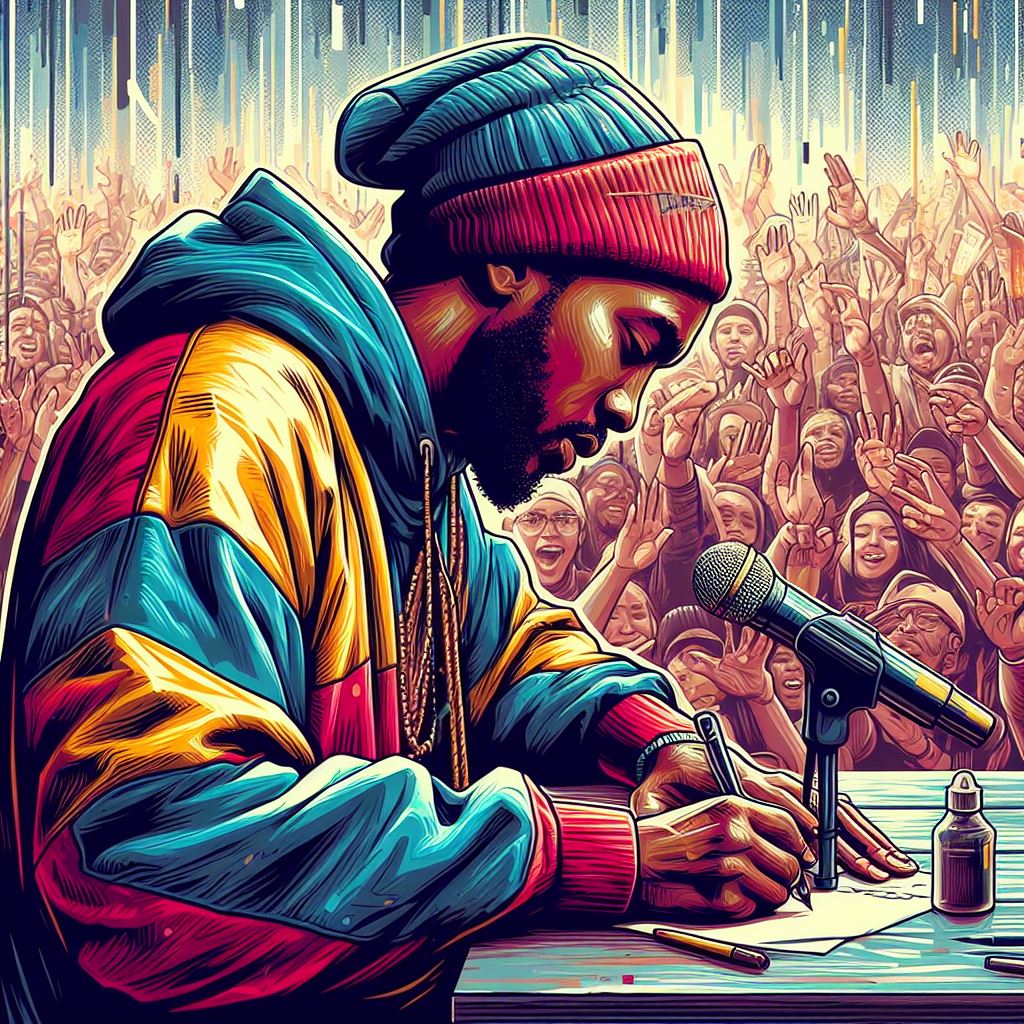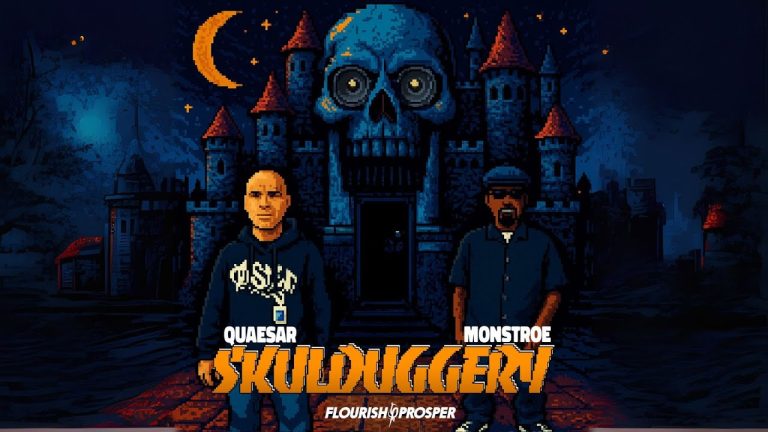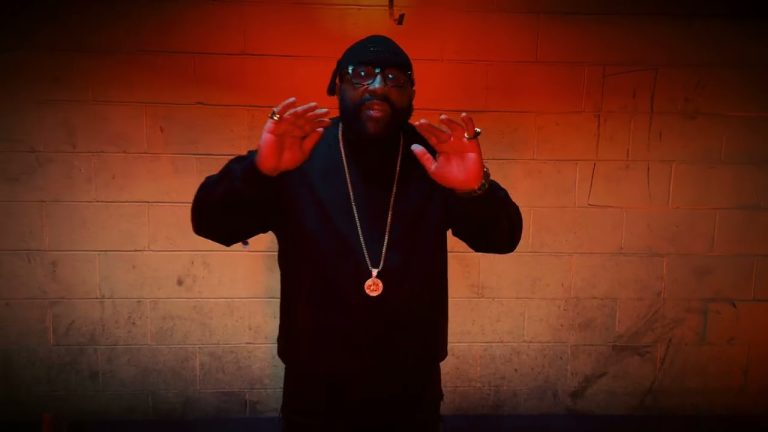Defining Augmented Reality in the Context of Music
What is Augmented Reality in Music?
Augmented Reality (AR) can be defined as a technological innovation that superimposes a computer-generated image or sound onto a user’s view or hearing of the real world, providing a composite and interactive view or experience. In the context of music, this refers to the use of AR technology to enhance musical experiences, either visually, audibly, or both.
For instance, through AR, concert-goers could see digital overlays of special effects while watching the performance in real-time, or musicians could provide fans with enhanced album covers that come to life when viewed through an AR app. Fans could also enjoy immersive experiences at home, such as virtually attending concerts or interacting with artists in a virtual environment. Thus, AR provides a uniquely immersive, interactive, and enhanced musical experience.
Unpacking the Role of AR in Music
AR in music goes beyond mere visual or audible enhancements. It opens up new dimensions in the way audiences engage with music. For example, AR can enable spectators to manipulate the music they are listening to in real time, overlay their own images into a video clip of a live concert, or even join their favorite band on stage virtually.
AR can also create ‘synesthetic’ experiences, where sight and hearing merge into a holistic perception that represents a unique blend of artistry and technology. These AR experiences could range from digital sculptures synched to music, to entire virtual worlds that resonate with each beat of a song, literally enabling audiences to ‘see’ music.
Transformation of Music Consumption with AR
AR has the potential to revolutionize the interaction and connection between the artist and audience. It breaks down traditional boundaries, offering fans enhanced access to their favorite musicians and performances, and providing artists innovative ways to express their creativity and engage with their followers.
Moreover, AR poses a significant potential for the music industry in terms of revenue generation and audience reach. Musicians can offer premium AR content and experiences as new forms of merchandise, while fans across the globe could gain access to concerts and performances through AR devices, transcending geographical barriers.
Therefore, augmented reality is not merely a tool for enhancing musical experiences; it is a transformative development changing the landscape of music consumption and interaction.
History of Augmented Reality Use in Music
Initial Foray into Augmented Reality
The melding of augmented reality with the music industry dates back to the 1990s. An early pioneer was the British band, Radiohead, which used basic AR elements in their album art for “OK Computer” released in 1997. However, it wasn’t until the advancement in technology in the late 2000s that the use of AR began to be widely experimented in every facet of the music industry.
Augmented Reality in Live Music Performances
One groundbreaking moment in AR and music fusion took place at the 2012 Coachella Valley Music and Arts Festival, where a hologram of Tupac Shakur was used to perform on stage. This highlighted the potential of AR in creating immersive and memorable live performance experiences. Since then, numerous artists including Michael Jackson, Elvis Presley, and Roy Orbison have all “performed” posthumously using similar technology, thereby redefining the live concert experience.
In addition, bands such as Muse and U2 have employed AR technology to create interactive concert visuals, enhancing the audience engagement and creating a more immersive atmosphere. Notably, in 2018, Childish Gambino launched an AR app called “PHAROS AR”—one of the first multi-player AR music experiences—that allowed users to explore his music in an immersive virtual environment.
Augmented Reality in Music Promotion and Album Art
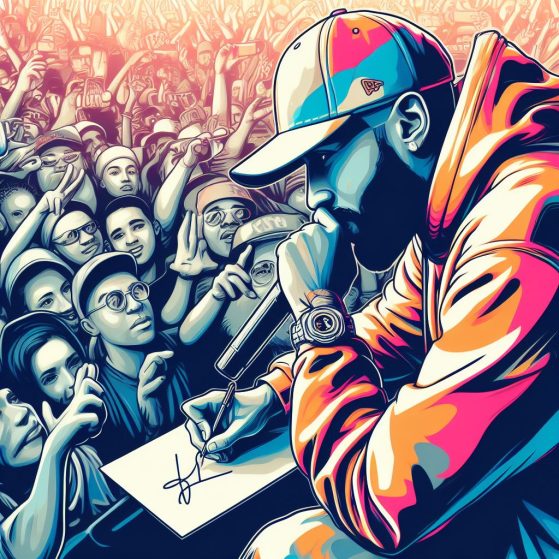
AR technology has also been used for music promotion and album art. For instance, in 2017, legendary musician David Bowie’s album art was brought to life through AR for a special exhibition at the Victoria and Albert Museum in London. Likewise, in 2019, singer Billie Eilish used AR to promote her debut album, “When We All Fall Asleep, Where Do We Go?”.
Moreover, musicians like Taylor Swift and bands such as Maroon 5 have released AR-enhanced album art, creating an interactive experience that goes beyond the audio. This has not only made album art more engaging but also contributed to a rejuvenation of physical music formats like vinyl and CDs in the digital era.
Benefits of Implementing Augmented Reality in Music Experiences
Enhanced Audience Engagement
One of the most significant benefits of implementing augmented reality in music experiences is enhanced audience engagement. Augmented reality (AR) provides a unique platform that allows artists to interact with their audiences in an immersive way. It not only revolutionizes the way audiences consume music, but also allows them to be a part of the performance. This deep level of interaction promotes audience engagement and increases overall satisfaction.
Creation of Memorable Experiences
Augmented reality has the power to bring music to life in an extraordinary way, creating memorable experiences for viewers. Think about a concert where AR introduces holographic visuals synced with the rhythm, or an album release where fans can interact with the cover art through an AR application. These innovative experiences etch the event in the minds of the audience, fostering a lasting connection between the artist and the listener.
Artistic Innovation and Expression
Augmented reality also serves as a tool for artistic innovation and expression. Musicians can use AR technology to experiment with new sounds, visual elements and narratives. It offers a canvas for pushing the boundaries of convention, enabling artists to express themselves fully and provide deeper insight into their music. Ultimately, AR can contribute to the evolution of music itself, as it provides artists with the means to venture into unexplored territories.
Increasing Accessibility and Reach
Incorporating AR into music experiences can also increase accessibility and reach. By creating digital concerts or music events with interactive AR features, artists can reach a global audience beyond physical boundaries. This not only expands the listener base but also opens up opportunities for increased revenue. Furthermore, AR experiences can be made available to audiences regardless of their location, meaning even those incapable of attending live events can still enjoy a vivid, engaging music experience.
Real-Life Applications of Augmented Reality in Musical Performances and Learning
Enhancing Musical Performances with Augmented Reality
Augmented reality (AR) has begun to revolutionize the world of live music performances. By projecting digital visuals onto physical environments, AR introduces new dimensions to the concert experience. One such application can be seen in billowing AR projections that synchronize with musical beats, creating immersive and stunning visual displays. Bands like U2 and Muse have already used AR to elevate their concerts, providing audiences with memorable experiences that blur the line between reality and digital enhancement.
AR also allows musicians to engage deeper with their fans. For instance, app-driven experiences where fans scan a ticket or album cover with their smartphone to reveal exclusive content or interactive experiences. These innovative applications not only provide additional value to the concert-goers but also help the artists to connect with their audiences on a more personal level.
Augmented Reality as a Tool for Music Education
AR’s potential extends beyond the bounds of the stage and into the realm of music education as well. An example of this is through interactive learning apps that overlay visual cues on real-world instruments, aiding learners in understanding complex musical concepts. AR can depict which keys to press on a piano, show correct finger placement for a guitar, or demonstrate how to strike a drum for optimal sound.
Furthermore, AR can supplement traditional teaching methods by providing real-time feedback. It can highlight mistakes and provide immediate guidance, speeding up the learning process. Also, it allows students to practice at their convenience, enhancing self-paced learning.
Augmented Reality in Digital Music Creation
In addition to enhancing traditional forms of music, AR is also making waves in the field of digital music creation. It provides a whole new canvas to users to create and manipulate sounds within an immersive, 3D space.
For example, AR platforms allow users to place virtual instruments in their environment and generate music by interacting with them. This interaction can be as simple as hitting a virtual drum or as intricate as controlling soundwaves with hand gestures.
This new form of digital music creation through AR not only opens up new possibilities for seasoned musicians but also makes the process more accessible to novice music enthusiasts, providing an innovative way to express creativity and expand the scope of musical exploration.
Challenges faced in Integrating Augmented Reality into the Music Industry
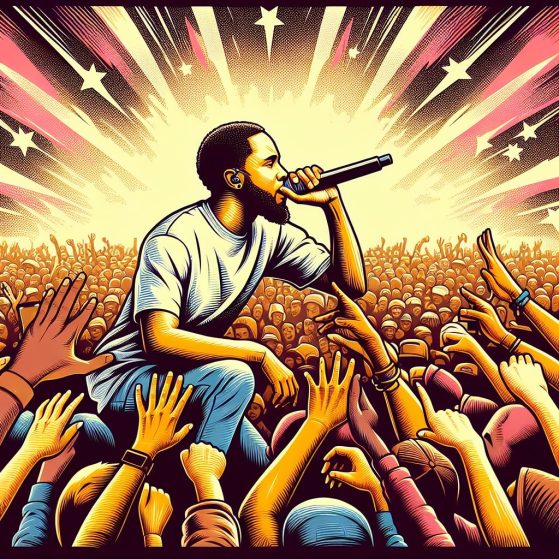
Technical Constraints and Developmental Issues
The first significant challenge in integrating augmented reality (AR) into the music industry comes with technical constraints and developmental issues. AR requires advanced technologies and a high level of coding skills for it to function effectively. The development of this technology for specific music-related applications needs a considerable investment and a team of specialists, which may not be readily available or economically feasible for many entities in the music industry.
Moreover, rendering real-time AR experiences require high processing power, causing a strain on most existing hardware. This issue becomes more prominent during live music events where latency can break the immersive experience of the audience.
User Experience and Interaction Challenges
Next in line are user experience and interaction challenges. Incorporating AR successfully into music needs to be done in a way that enhances rather than distracts from the music itself. Achieving this balance can be delicate and challenging because it involves understanding how audiences interact with music and what enhancements can truly add value to this interaction.
Further, there is a need to design intuitive and easy-to-use interfaces for accessing these AR experiences. The complexity involved in creating such user-friendly systems is a significant challenge as it requires a deep understanding of human behavior and ergonomic principles.
Privacy and Legal Concerns
Finally, the integration of AR in the music industry is not without legal and privacy concerns. As AR technologies collect immense amounts of data about users to provide personalized experiences, issues related to data security and privacy arise. Managing this data responsibly and lawfully is crucial to the successful adoption of AR in the music industry.
In addition to privacy issues, there might also be potential copyright and intellectual property rights violations when it comes to using AR in music. For instance, unlicensed usage of copyrighted music or visuals within an AR application could lead to legal repercussions. These regulatory concerns present further hurdles in fully embracing this technology in the music industry.
Future Prospects of Augmented Reality in Enhancing Music Experience
Amplifying Concert Experience with Augmented Reality
Augmented reality (AR) is set to revolutionize the way we experience music, particularly at live concerts. One potential application could be AR-enhanced stages where concert-goers can view the performance through an app or AR glasses. They might see additional visual effects curated by the artists to add layers of storytelling and engagement that were previously unimaginable. Viewing a guitarist’s fingers strumming on their strings in real-time, seeing song lyrics floating in mid-air, or watching 3-dimensional animations synchronised to the beats are all possibilities.
Personalizing the Music Listening Journey
Up until now, the personalization of music has largely revolved around tailoring playlists or music recommendations. However, this could change with AR. AR has the capability to transform passive listeners into active participants. For example, applications can be developed where listeners can manipulate virtual instruments while a song plays, adding another level of engagement and personal touch to the music experience. Interactive album covers, where fans can access exclusive content, lyrics, or band interviews when they scan the cover with their phone, could also become the norm.
Augmented Reality in Music Education
The future of AR in music isn’t just limited to enhanced enjoyment; it also holds immense promise in music education. AR can make learning music more interactive and exciting. Imagine an AR device that overlays notes onto a real keyboard, guiding beginners how to play, or a virtual teacher who can provide instant feedback. This could open up musical learning to a much larger audience, democratizing music education beyond traditional and often expensive methods.
Overall, these prospects position augmented reality as a powerful tool for revolutionizing how we consume, create, and learn music.
Case Studies: Successful Implementation of Augmented Reality in Music
Revolutionizing On-stage Performances: U2’s eXPERIENCE + iNNOCENCE Tour
The iconic rock band, U2, leveraged augmented reality during their eXPERIENCE + iNNOCENCE tour in 2018. Fans downloaded a mobile app which utilized AR to overlay digital content over the physical world. This allowed spectators to witness an enormous spectral figure of Bono, the band’s lead singer, looming above the stage during performances. The AR feature was not only visually appealing but also complemented the band’s thematic storytelling, enhancing the overall concert experience for fans.
Immersive Music Videos: Childish Gambino’s “Pharos”
Renowned musician and actor, Donald Glover – better known as Childish Gambino, transformed his music video experience through augmented reality. His project “Pharos” included an AR app that allowed users to explore outer space unbounded by physical constraints. Concertgoers could use the app at Glover’s live shows, adding a new dimension to their experience. Here, AR was used as a medium for narrative advancement, promoting a more immersive connection between the artist and his audience.
Personalized Fan Experience: Taylor Swift’s Reputation Stadium Tour
Pop star Taylor Swift harnessed the power of AR to amplify her Reputation Stadium Tour in 2018. Fans were given the opportunity to interact with the singer through a specially designed mobile app. The app displayed AR-based camera filters and interactive games relating to the theme of each song. It also allowed fans to virtually visit backstage areas and explore the stadium like never before. This personalized interaction not only added novelty to the music experience but also deepened fans’ emotional engagement with the artist.
Looking for a trusted and knowledgeable agency to help market your music career?
Contact us at + 1 626 872-5151 or info@flourishprosper.net
Or Checkout our website at flourishprosper.net

